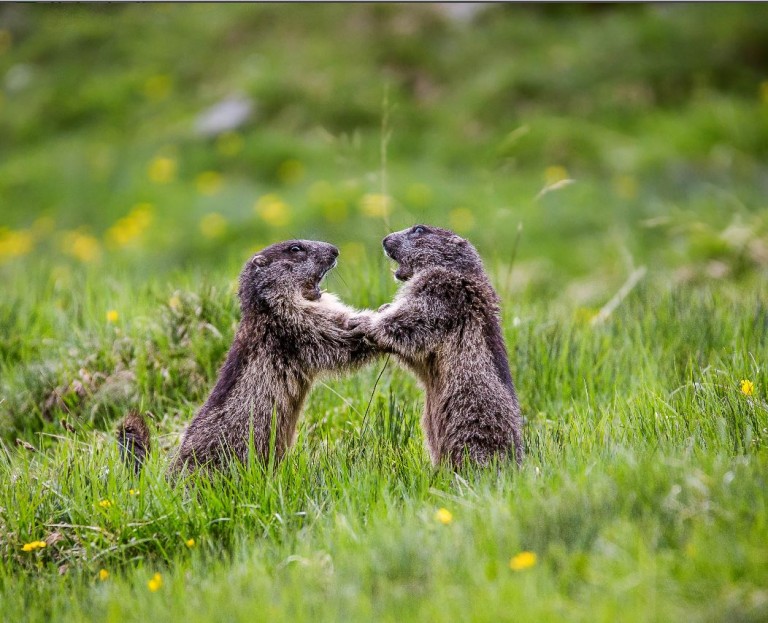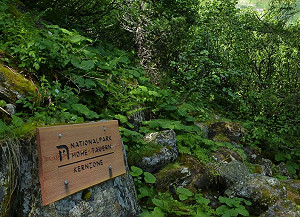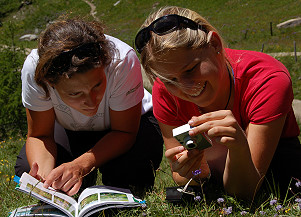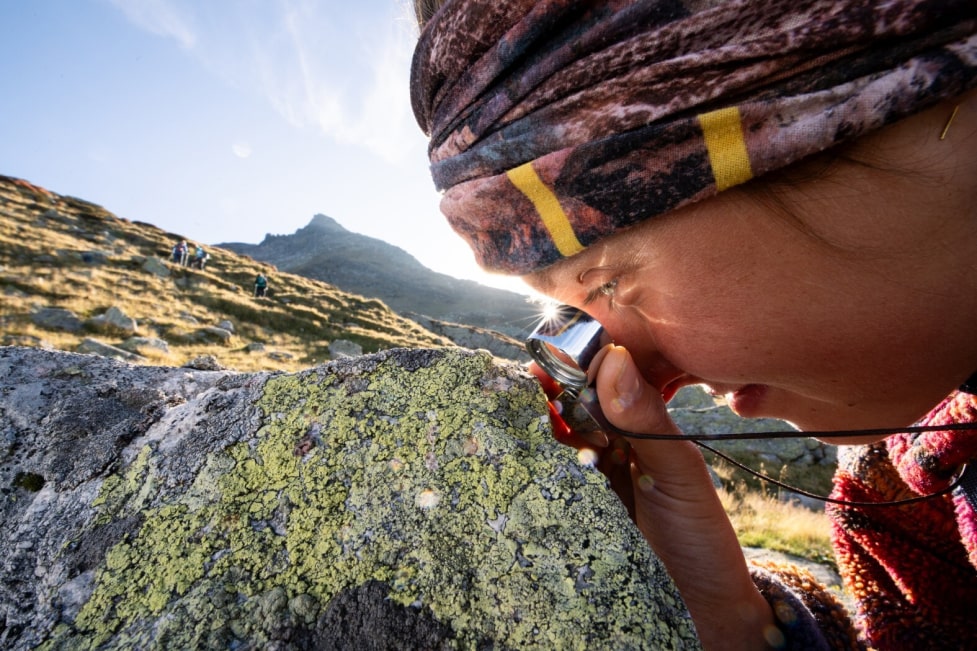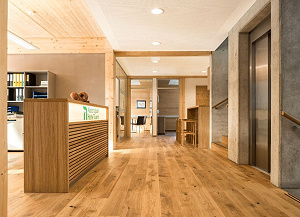Fauna
The golden eagle forms part of the Hohe Tauern National Park's coat of arms, one of many wild animal species that has adapted perfectly to the habitat.
In the realm of superlatives
Bearded vultures, golden eagles and griffon vultures are the most impressive birds of the Alps. The tiny goldcrest, the smallest native songbird, weighs only five to six grams. The mighty ibex have huge horns and are as nimble on steep terrain as a weasel. Thanks to their plumage, ptarmigans can survive temperatures below minus 25 degrees Celsius, while marmots withdraw to their sleeping dens over winter in order to survive the cold season. The wildlife of the Hohe Tauern National park is a fascinating world of many superlatives. Here, we would like to present the Hohe Tauern National Park's Big Five.
National park history -
the formation of the Alps
The Tauern Window is an unusual geological feature:
You can view an exciting journey through the millennia of Earth's history.






